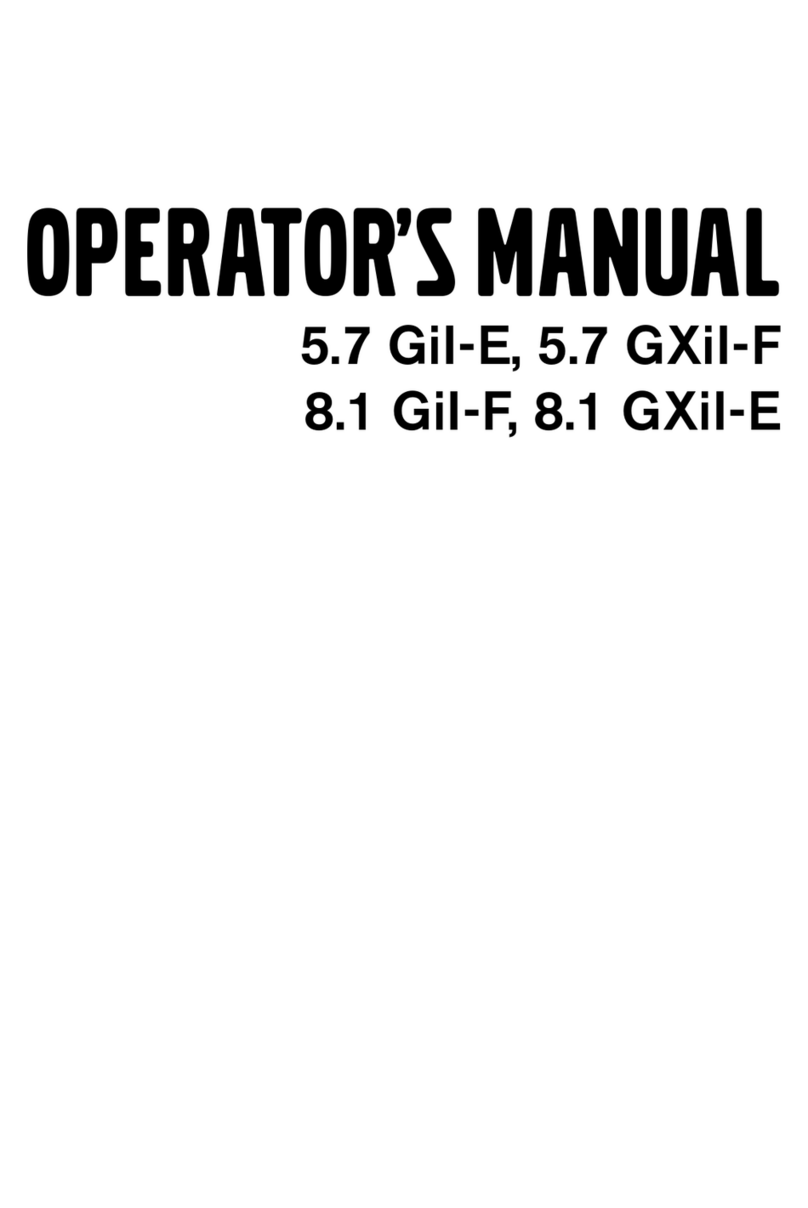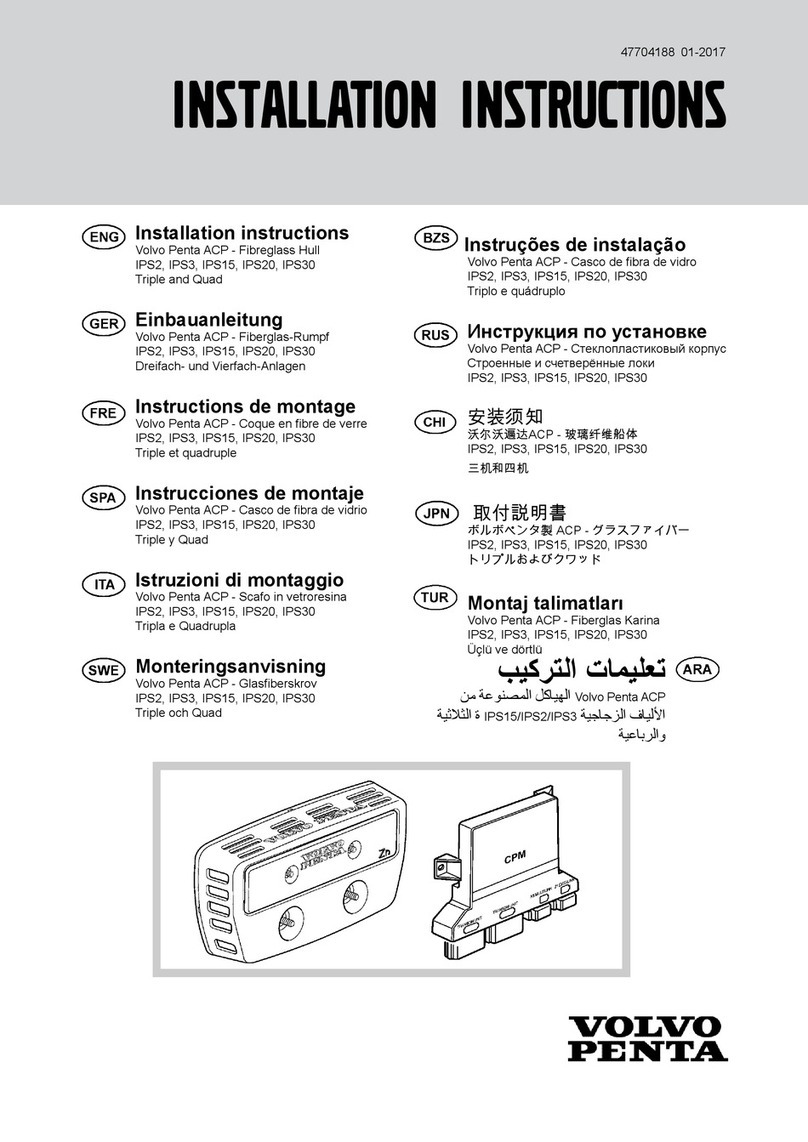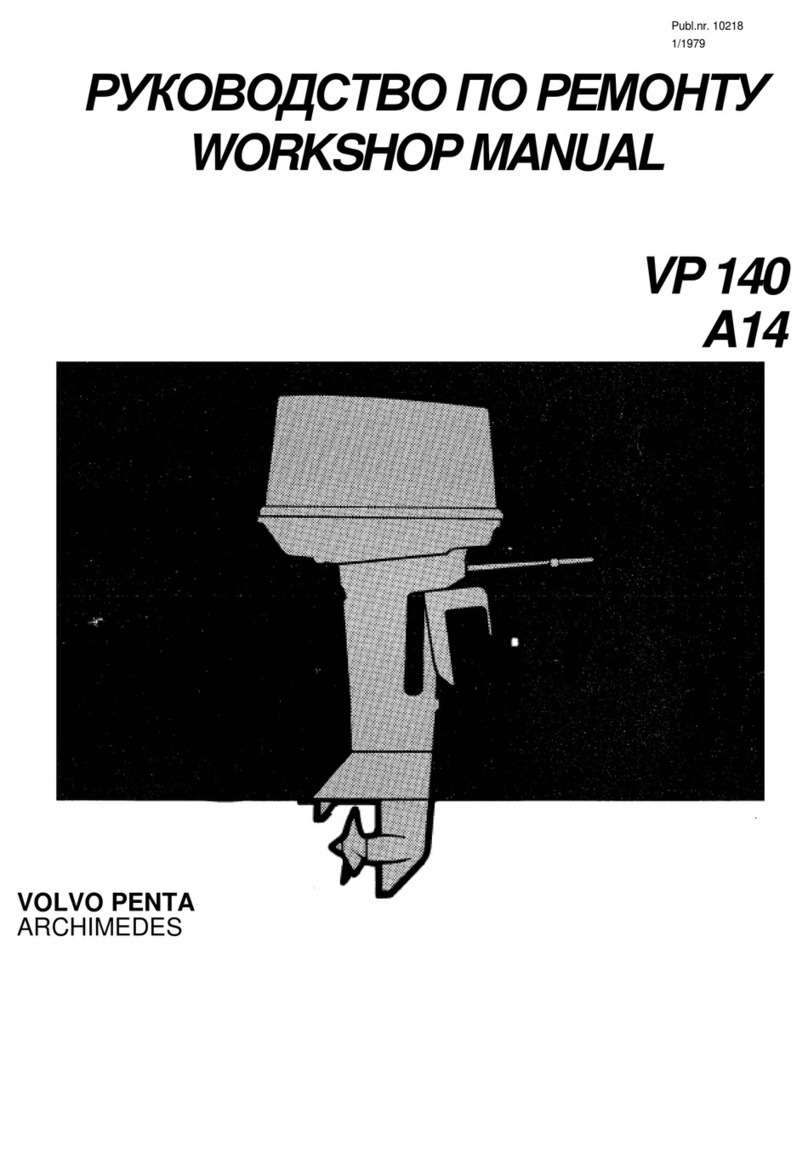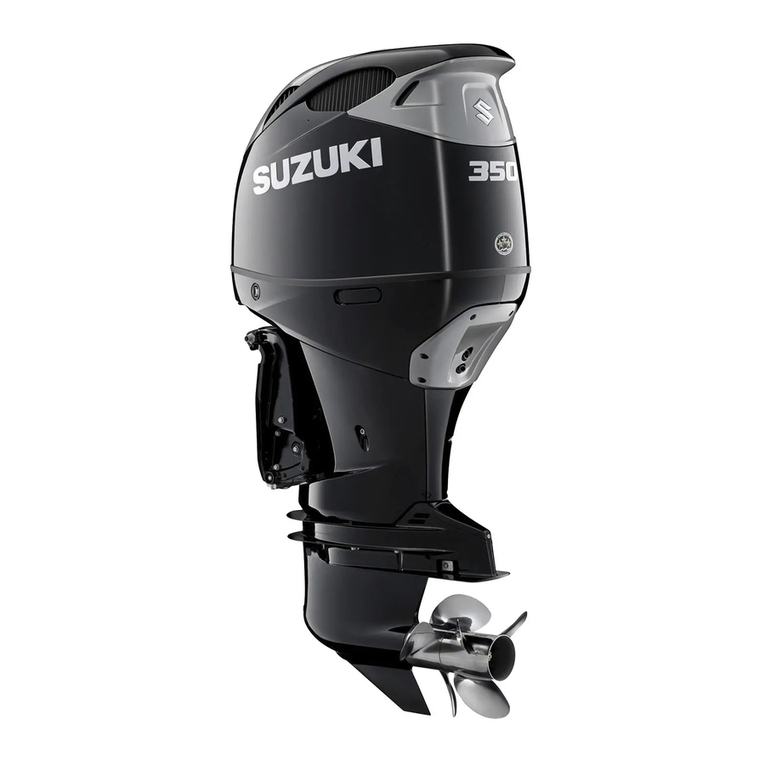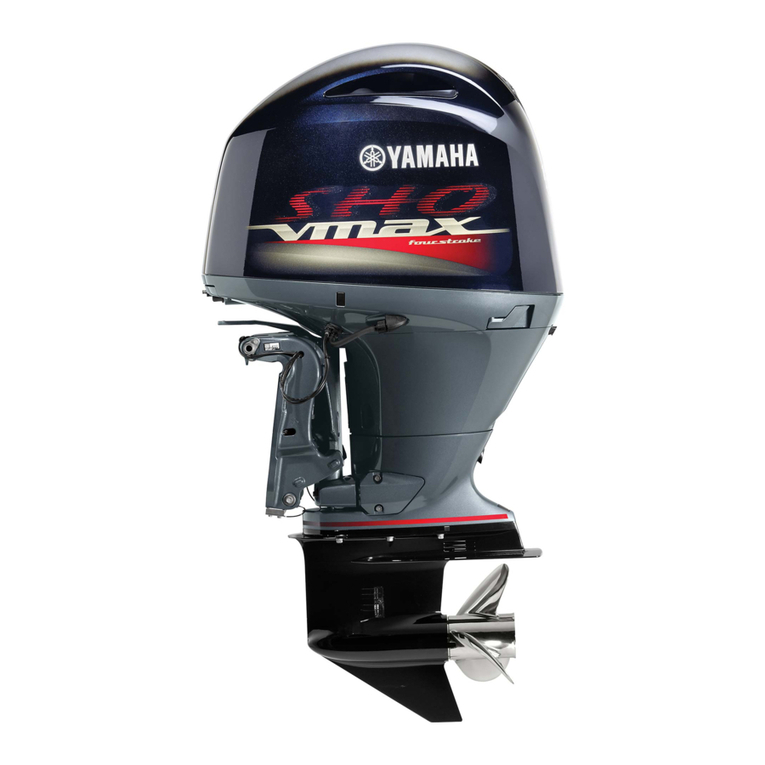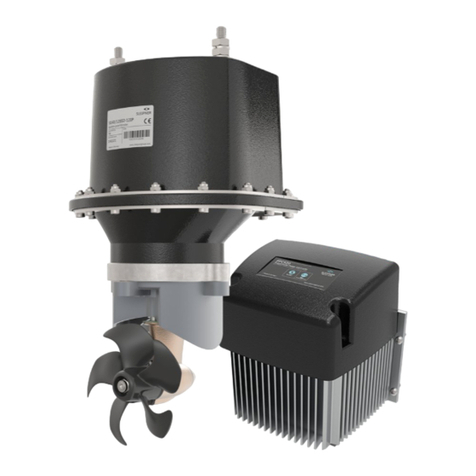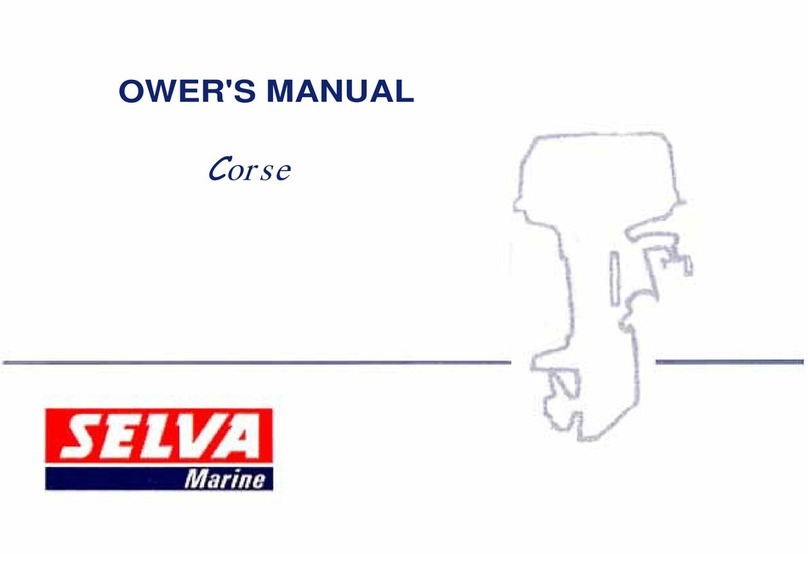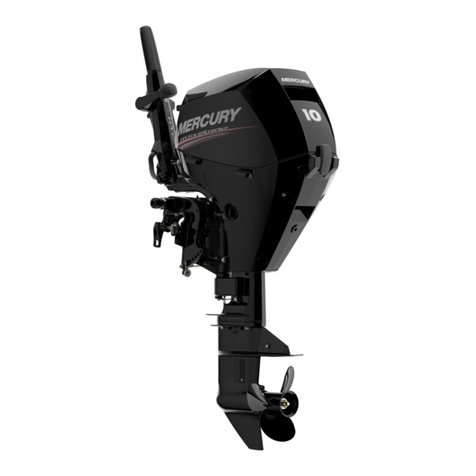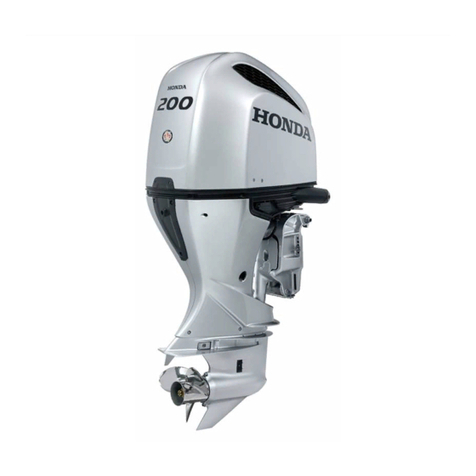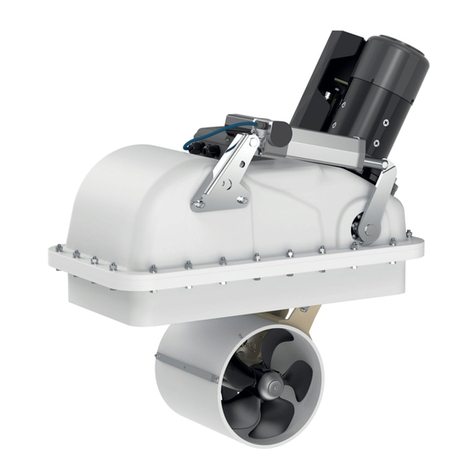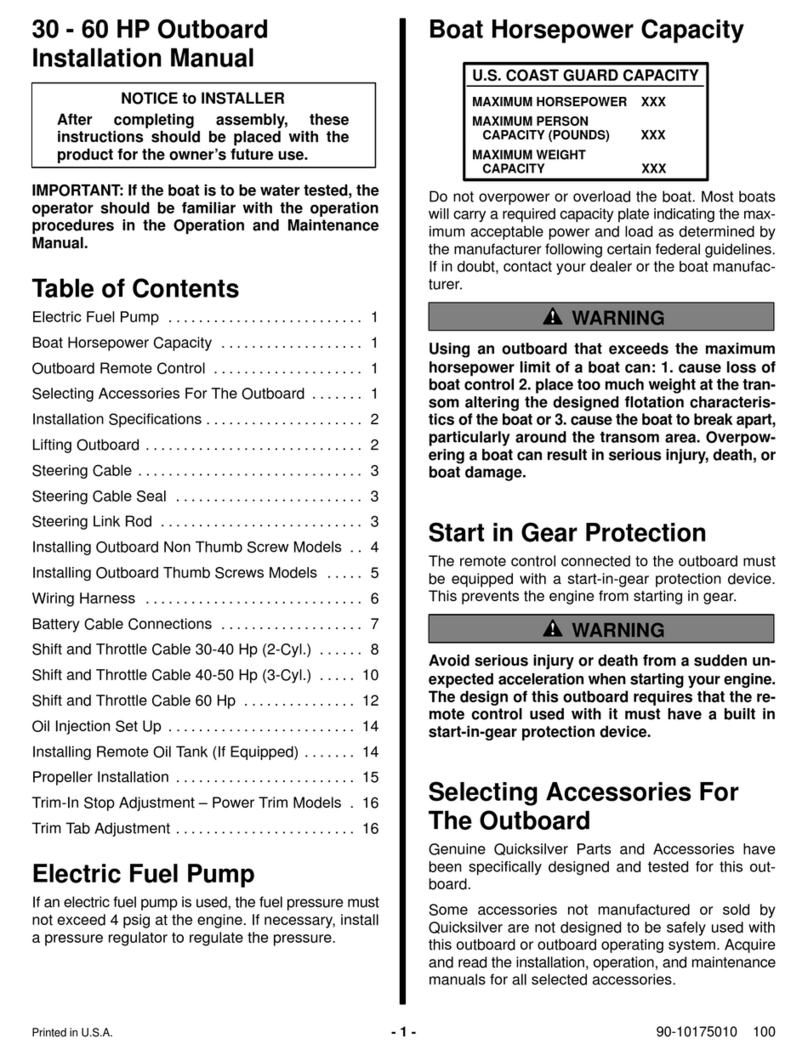
4
General Information
Stop the engine and close the bottom valve be-
fore working on the cooling system.
Only start the engine in a well-ventilated area.
Exhaust fumes and crankcase gases should be
led out of the engine compartment or workshop
when working in closed environments.
Always use protective glasses for work where
there is a risk of splintering, sparks, or splash-
ing of acid or other chemicals. The eyes are
extremely sensitive, and an injury can cause
blindness!
Avoid skin contact with oil! Prolonged or fre-
quent skin contact with oil can degrease the
skin, resulting in irritation, drying out, eczema,
and other skin complaints. Used oil is more dan-
gerous than new oil from the health care point of
view. Use protective gloves and avoid oil
drenched clothes and rags. Wash your hands
regularly, especially before meals. Use special
hand cream to counteract drying out, and to
simplify cleaning the skin.
The majority of chemicals intended for the
product (e.g. engine and timing gear oils, gly-
col, petrol and diesel oil) or chemicals for work-
shop use (e.g. degreasing agent, enamels and
solvents) are hazardous to health. Read the in-
struction on the pack carefully. Always follow
the given safety instructions (e.g. the use of
breathing protection, protective glasses, or
gloves, etc.) Make sure that other personnel
are not exposed to hazardous substances, e.g.
by inhaling the air. Make sure there is ade-
quate ventilation. Handle consumed and sur-
plus chemicals in the prescribed manner.
Observe extreme caution when tracing fuel
leaks in fuel systems and when testing fuel
nozzles. Wear protective glasses. The jet from
a fuel nozzle has a very high pressure and
penetrating force. The fuel can penetrate deep-
ly into bodily tissue and cause serious injury.
Risk of blood poisoning.
All fuels, in similarity with chemicals, are inflam-
mable. Make sure that naked flames, or
sparks, cannot lead to ignition. Petrol, certain
thinners, and hydrogen from batteries, are ex-
tremely inflammable and explosive when mixed
with air. Smoking is prohibited! Ventilate well
and take the necessary precautions before
conducting welding or grinding work in the im-
mediate vicinity. Always have a fire extinguish-
er handy in the workshop.
Make sure that rags drenched in oil and petrol,
including old fuel and lubricant filters, are
stored safety. Oil drenched rags can in certain
conditions self-ignite. Old fuel and oil filters are
environmentally hazardous waste, and together
with spent lubricant, contaminated fuel, paint
residue, solvent, degreasing agent and suds,
should be handed in to a waste handling unit
for destruction.
Batteries must never be exposed to naked
flames or electrical sparks. Never smoke in the
vicinity of batteries. Hydrogen develops when
batteries are charged, which in combination
with air forms an explosive gas. This gas is
highly inflammable and very explosive. One
spark from connecting the batteries incorrectly
is sufficient to cause the battery to explode and
cause injury. Do not touch the connection when
starting (risk of spark) and do not lean over the
batteries.
Never confuse the plus and minus terminals
when fitting the batteries. This can cause seri-
ous damage to the electrical equipment. Check
the wiring diagram.
Always use protective glasses when charging
and handling batteries. The battery electrolyte
contains strongly corrosive sulphuric acid. On
skin contact, wash with soap and plenty of wa-
ter. If battery acid gets into the eyes, rinse im-
mediately with water, and contact a doctor with-
out delay.
Stop the engine and switch off the power with
the main switch (switches) before working on
the electrical system.
Adjustment of the clutch should be conducted
when the engine is idle.
